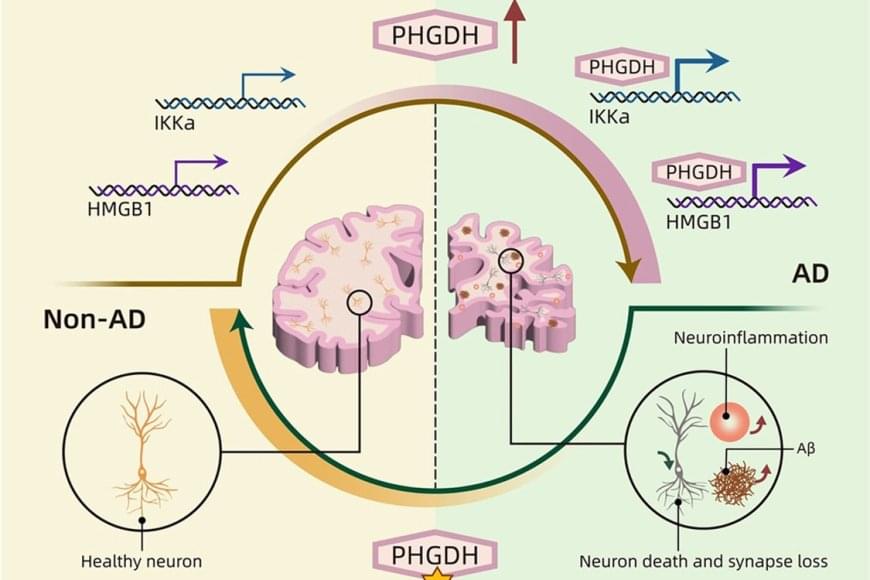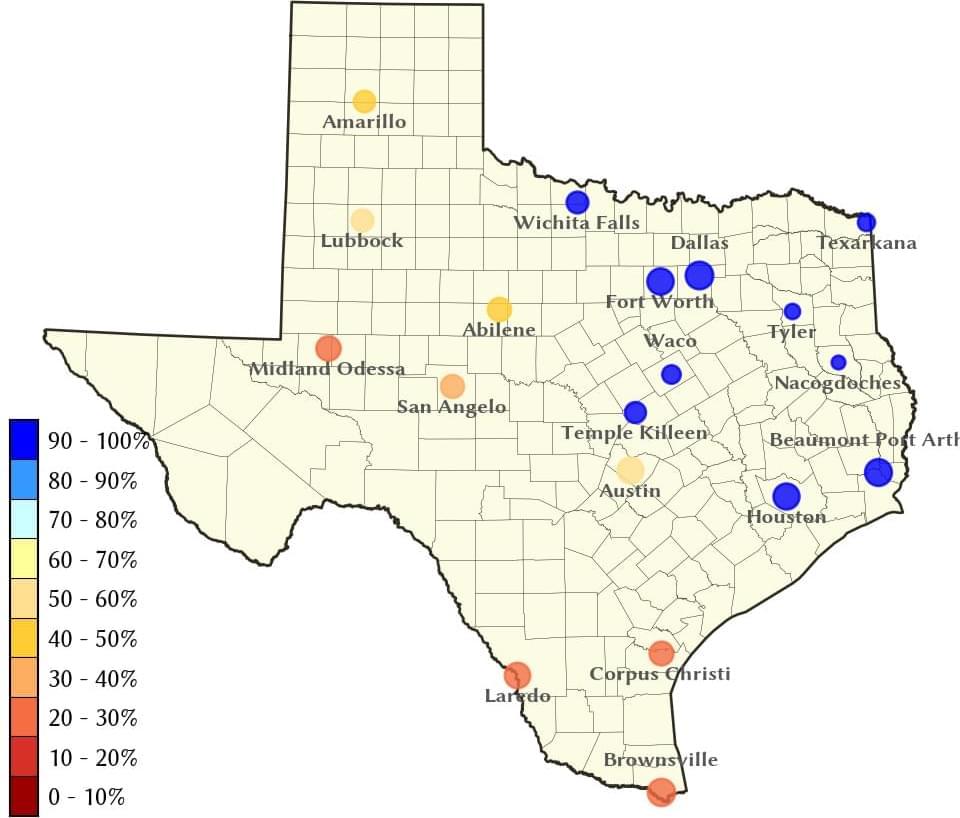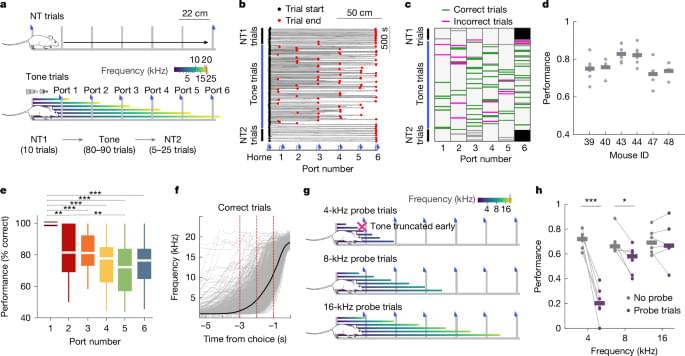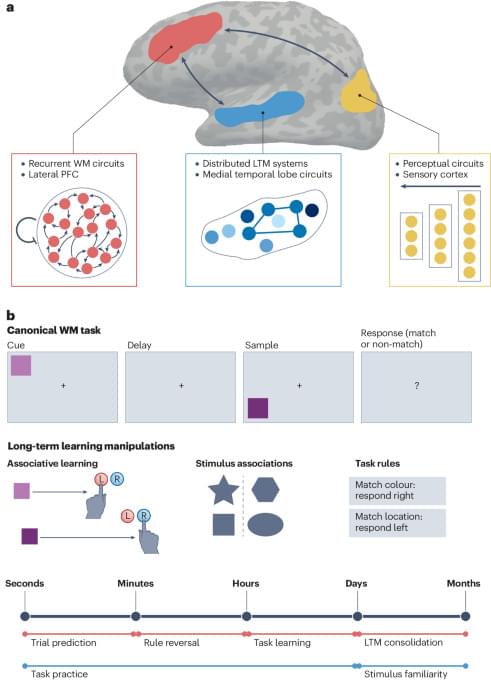If you’re wondering how artificial intelligence may begin to interact with our world on a more personal level, look no further than the landscape of sports. As the technology of machine learning becomes more mature and the need for human officiating becomes less necessary, sports leagues have found creative ways to integrate the concept of “computer referees” in ways we may not have initially expected.
Tennis, for example, has been a leading figure in adopting AI officiating. The Hawk-Eye System, introduced in the early 2000s, first changed tennis officiating by allowing players to challenge calls made by line judges. Hawk-Eye, which used multiple cameras and real-time 3D analysis to determine whether a ball was in or out, has today developed into a system called Electronic Line Calling Live, known as ELC. The new technology has become so reliable that the ATP plans to phase out line judges in professional tournaments by the summer of this year.
The Australian Open has taken this system a step further by testing AI to detect foot-faults. Utilizing skeletal tracking technology, the system monitors player movements to identify infractions, improving match accuracy and reducing human error. However, a glitch in the technology did make for a funny moment during this past year’s Australian Open when the computer speaker repeated “foot-fault” before German player Dominik Koepfer could even begin his serve.









